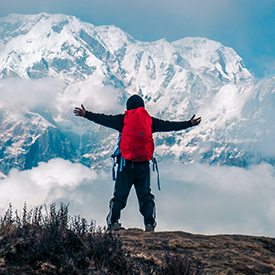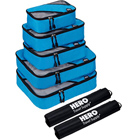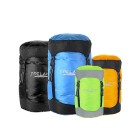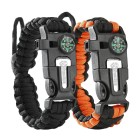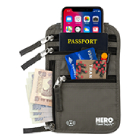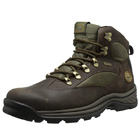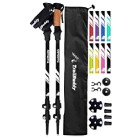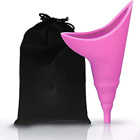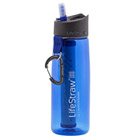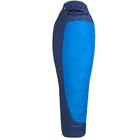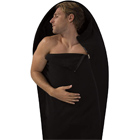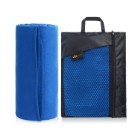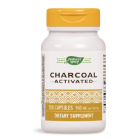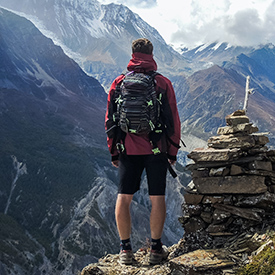SPRING – March, April, May
Springtime at Annapurna is warm and clear, with great visibility of the mountains. Spring is a good time to hike the Annapurna Circuit, with the added bonus of beautiful rhododendrons in bloom at the lower altitudes. To hike in the spring, you’ll need hiking shorts (men and women) and moisture wicking t-shirts (men and women) for the beginning of the track, but hiking pants (men and women), merino thermal base layers (men and women), a coat (men and women), a warm hat, gloves and a neck warmer for the higher altitudes.
SUMMER – June, July, August
Summertime at Annapurna features torrential downpours, mudslides, leeches, and mosquitos. For this reason, the summer is not a desirable time to do the Annapurna Circuit. However, if you do decide to take advantage of the summer’s thinned out crowds, make sure to wear a good rain jacket (men and women), waterproof boots (men and women), and gaiters. Good insect repellent is also a must.
Autumn – September, October, November
Autumn is the best season to hike the Annapurna circuit, with the calmest weather, clearest skies, comfortable temperatures and ideal visibility. However, for this reason, you may find yourself hiking with a crowd. be sure to have shorts (men and women) and a moisture wicking t-shirt (men and women) for the lower altitudes, and hiking pants (men and women), merino base layers (men and women), a coat (men and women), a warm hat, gloves and a neck warmer for the higher altitudes.
Winter – December, January, February
Winter at Annapurna is icy and snowy, and the circuit is not recommended for winter hiking. Some upper regions of the circuit may be closed due to ice and snow. However, skies are blue and beautiful, and the winter can be a great time to experience local cultures at villages along the trail without the mass of tourists that accompany the trekking seasons. Be sure to pack extra warm clothes, including a coat (men and women), fleece layers (men and women), thermal base layers (men and women), warm socks (men and women), and good winter hiking boots.
Dressing appropriately for the activity– (Click to expand)
Hiking: While hiking, wear moisture-wicking, movement-friendly hiking gear that keeps you cool when you sweat but warm in the cold. The first days of the circuit, at lower altitudes, are fine in hiking shorts and a moisture-wicking t-shirt, as well as a wide-brimmed and breathable hat for protection from the sun. As you ascend, temperatures drop and you’ll need hiking pants and long sleeves over merino base layers. Good merino hiking socks are also important for hiking the whole way through, as well as durable, comfortable and waterproof hiking boots.
The pass: The pass, including Thorong La High Camp, is VERY cold. You will need a warm coat, a neck warmer, a warm beanie, and warm, waterproof gloves. You’ll also need thermal base layers, as well as a layer of micro-fleece and a hiking jacket under your coat. Be sure to also wear a headlamp, as you’ll likely set off for the pass before dawn.
Evenings: Pack warm and comfortable clothing for evening lounging at the guesthouses. This should include sweatpants, or other loose-fitting and warm pants, and a couple of layers of comfortable warm sweaters. Pack lightweight slip-on shoes so that you can take a break from your boots in the evenings. You can also buy yak wool slippers in Kathmandu or Pokhara that are perfect for keeping warm at the guest houses. Don’t forget to also pack a bathing suit for the hot springs at Chame.




